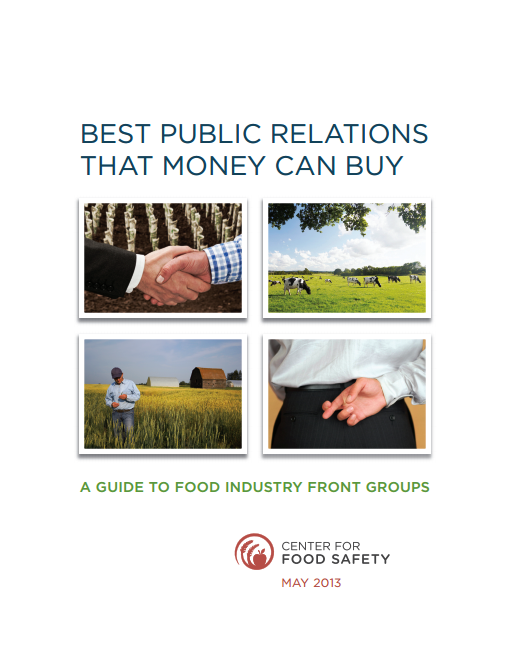SNAP, the Supplemental Nutrition Assistance Program-–Title IV in the Senate and the House farm bills—is the elephant in the room because it takes up roughly 80% of the bill’s total cost to taxpayers. SNAP benefits cost roughly $80 billion per year for 47.5 million participants.
Yesterday, the Senate Agriculture Committee passed its version of the farm bill with no amendments to its draft of the Title IV Nutrition section. The committee proposes more than $4 billion in cuts to SNAP over the next 10 years.
Joel Berg, Executive Director of the New York City Coalition Against Hunger said of the vote:
Unfortunately…[the Senate Ag Committee] passed a bill that values foreign corporate welfare over feeding our children, seniors, and low-income working people. If this version of the Farm Bill becomes law, $4.1 billion in SNAP funding would be cut, and that would mean $90 less a month for 500,000 families already struggling to make ends meet.
For out-of-work American adults and their out-of-luck children, SNAP is a lifeline, the remaining survivor of the once effective safety net.
SNAP is an entitlement, which means that anyone who qualifies is eligible to receive benefits. That’s how Congress set it up but with budget cuts the only issue of concern, the $80 billion annual cost of SNAP is a sitting duck.
That’s why these bills look so mean-spirited.
Apparently, Congress could not care less about making sure that the down-and-out have access to better and healthier food.
Instead, the emphasis is on reducing enrollments and preventing fraud. Yes, fraud is a problem in SNAP, but a relatively small one. And whether fraud is worth the time, energy, and hundreds of millions of dollars a year spent on its prevention is arguable.
But this is about politics, and it’s possible that the new anti-fraud measures may be a small price to pay for hanging onto the bulk of the benefits.
As the Senate summary puts it:
The Agriculture Reform, Food and Jobs Act of 2013 strengthens the integrity and accountability of federal nutrition programs. The legislation ensures that every dollar be spent responsibly so that those who need help can get it. The bill cracks down on fraud and abuse, while strengthening efforts to get food assistance to those most in need.
The proposed bill:
- Cracks down on trafficking (and allocates $12 million per year for that purpose)
- Prevents lottery winners from receiving benefits
- Prevents college students from misusing benefits
- Limits SNAP eligibility for college students
- Prevents utility allowances from influencing size of benefits
The House summary says: “FARRM makes common-sense reforms, closes program loopholes, and cracks down on waste,fraud, and abuse saving the American taxpayer over $20 billion.”
- Ensures all households meet the asset and income tests stated in SNAP law before they can receive benefits.
- Updates financial resource limits to more accurately reflect low-income households.
- Restricts categorical eligibility to only those households receiving cash assistance from Supplemental Security Income (SSI), Temporary Assistance for Needy Families (TANF), or other state general assistance programs.
- Stops states from giving recipients utility benefit payments that increase SNAP benefits.
- Ends SNAP benefits for lottery or gambling winners.
- Prevents traditional college students from receiving SNAP.
- Requires states to verify SNAP benefits are not paid to deceased individuals.
- Requires states to verify that beneficiaries are not receiving payments in more than one state.
- Prevents SNAP benefits from being used to pay for substantial bottle deposits when contents are dumped and bottles returned for refunds..
- Prohibits counting medical marijuana as an income deduction for SNAP benefits.
- Ensures illegal Immigrants do not receive SNAP benefits.
- Prevents USDA from promoting the SNAP program through outreach via television, radio and billboard advertisements.
- Prohibits USDA from entering into agreements with foreign governments designed to promote SNAP benefits.
- Requires states to report outcomes on education and training programs for SNAP recipients.
Yes, most of these sound reasonable, although eliminating outreach seems like a really bad idea. But do they represent the most serious problems with SNAP?
Where is congressional will to meet the needs of the poorest members of our society? This is about cost-cutting and power politics. It is not about taking care of the most vulnerable members of society, among them 23 million children.
Tomorrow, I’ll talk about the useful parts of this legislation—those focused on improving the health of SNAP participants—and why SNAP benefits are so contentious in this Congress.
In the meantime, the House Ag Committee does its version of the farm bill starting at 10:00 this morning.




